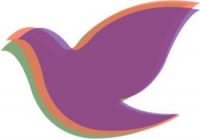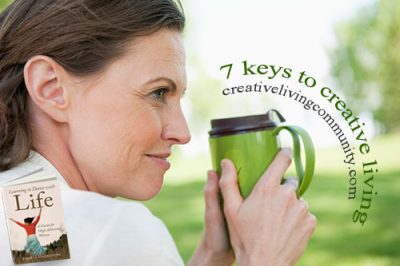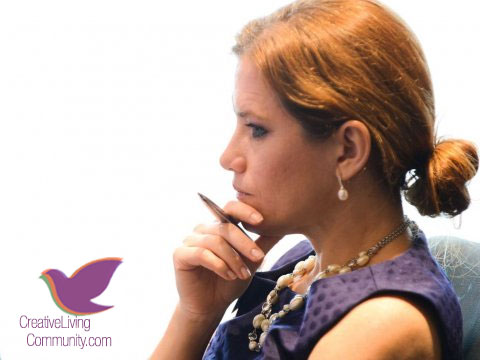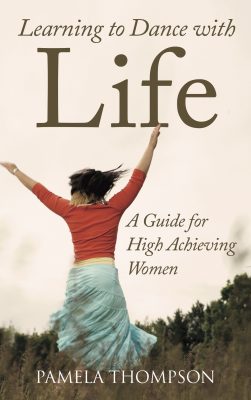Blog
How to know if You’re Burning Out & What to Do about it
March 24, 2016
Burnout and extreme stress are on the rise globally. The Japanese even have a word for what can result from...
Read More
Reflections on International Women’s Day
March 8, 2016
The occasion of International Women’s Day provides us with an opportunity to reflect on and celebrate all those amazing women...
Read More
Are You Taking Care of Yourself?
February 16, 2016
February is known as the month of love. During this time, many of us think of our primary relationships, of...
Read More
When is enough, enough?
January 25, 2016
How do you know when it’s time to leave a position or career that no longer excites you? What I’ve...
Read More
Tap into and Express Your Creative Side
January 11, 2016
You may be thinking “creativity – I don’t have a creative bone in my body.” For many years I had...
Read More
Reflecting and Setting Intentions
December 6, 2015
December is a great month to reflect on your achievements from the current year and to set intentions for the...
Read More
The Power of Celebration
November 14, 2015
“Celebrate” means to “publicly acknowledge (a significant or happy day or event) with a social gathering or enjoyable activity”; and...
Read More
The Power of Unplugging & Being in Nature
October 29, 2015
I recently returned from a 3-day retreat where there was no cell service and no internet. What an unusual and...
Read More
Do You Live in Alignment with Your Core Values?
October 8, 2015
Source: "deposit photos" - http://depositphotos.com/8148540/stock-photo-backpacker.html When I first launched my coaching practice that initially focused on supporting people through various...
Read More
How Do You Find Peace Amidst the Chaos?
September 21, 2015
Since today is the UN International Day of Peace, I thought it timely to share some thoughts on how you...
Read More
Believe that You are here to Make a Difference
September 11, 2015
Many High Achieving Women know from a young age that we’re here to make a difference in the world. We...
Read More
Birthing My Book: Riding the Emotional Roller Coaster
September 1, 2015
When I set out to write my first book "Learning to Dance with Life: A Guide for High Achieving...
Read More
Is Your Presence Enough?
August 11, 2015
While recently visiting a friend who was recovering from surgery, she said something to me that really made me sit...
Read More
Reclaiming Your Life & Making a Difference
July 27, 2015
What do I mean by reclaiming your life? Many High Achieving Women give to other people, causes, and their work...
Read More
What is Creative Living?
July 13, 2015
Creative Living is the conscious cultivation of improved health, happiness, fulfillment, and inner peace in your life. Based on my...
Read More
What’s Your BIG WHY?
July 1, 2015
What is the one thing that makes you leap out of bed in the morning? What is your reason for...
Read More
Why is Work/Life Balance Important?
June 15, 2015
What’s all this talk about Work/Life Balance and why is it so important? I particularly like the metaphor Austin Vickers...
Read More
Are You Passionate about Your Work?
June 1, 2015
Do you remember when you used to wake up excited about going to work? Do you NOW usually drag yourself...
Read More
How do YOU make decisions?
May 19, 2015
When you have an important decision to make, how do you usually approach it? If you’re anything like me, I...
Read More
Me? A High Achieving Woman?
May 4, 2015
You may be curious but not sure if you are a High Achieving Woman. If you feel this way, you...
Read More













